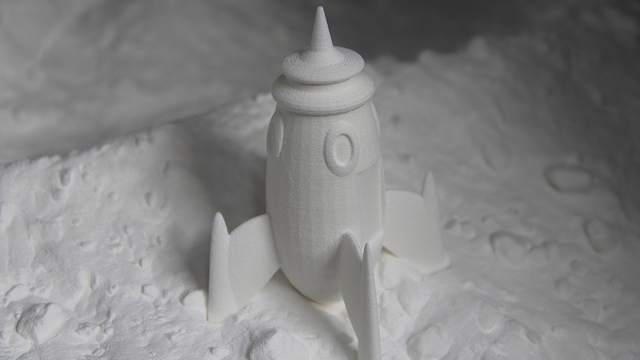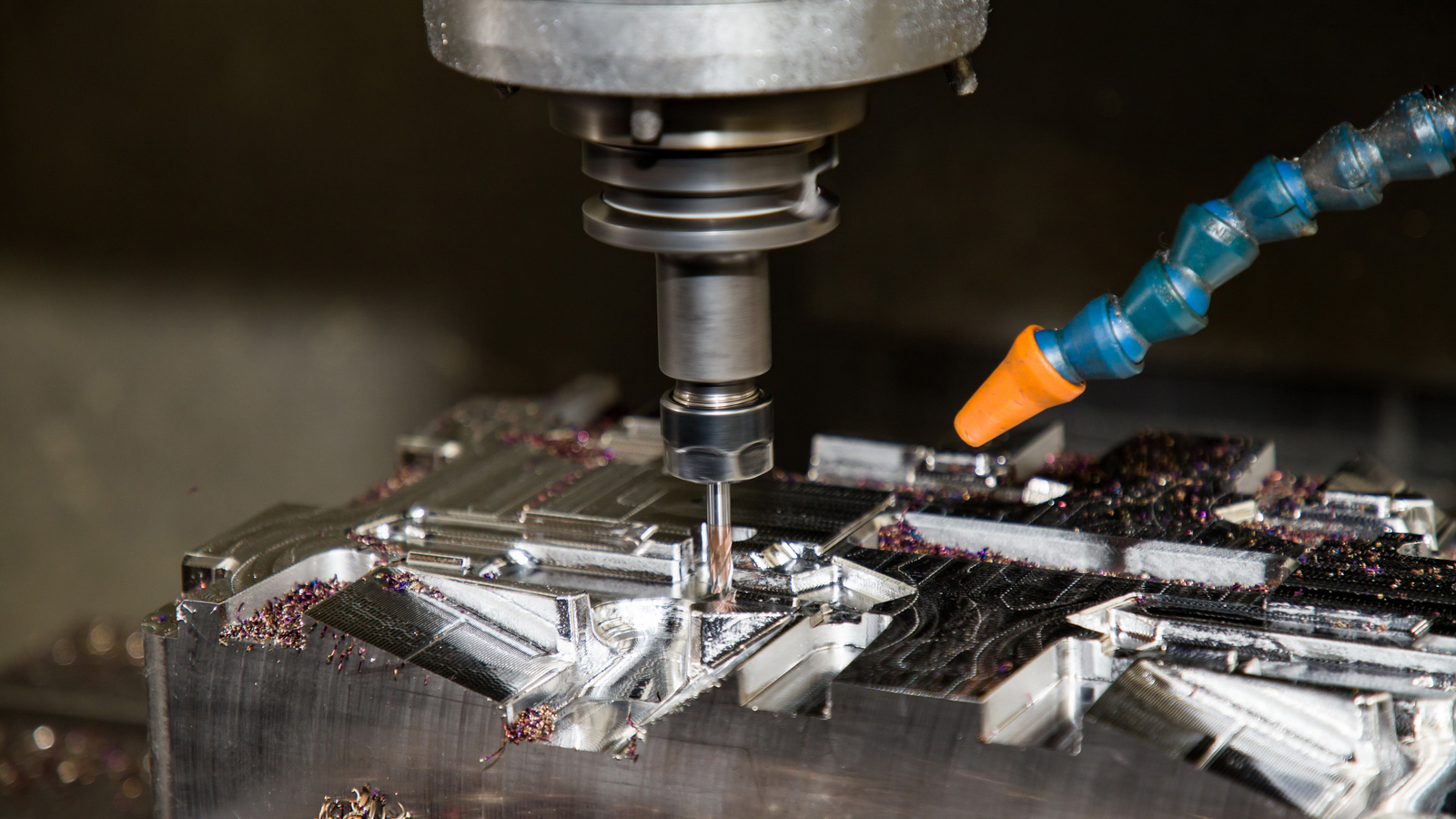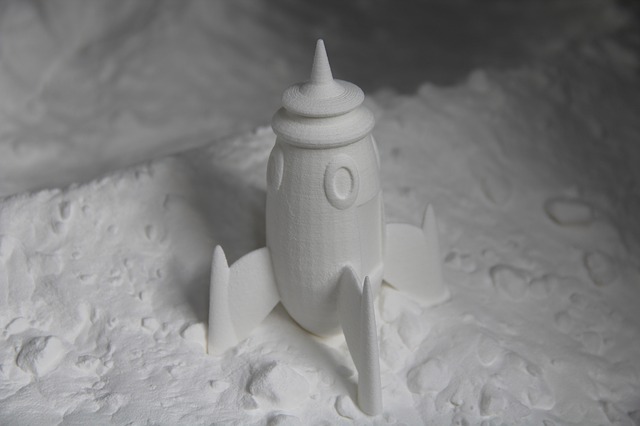










Here is a detailed guide to the professional terminology associated with Sheet
Metal Prototyping and manufacturing.
Sheet Metal Prototyping: Professional Terminology
(English Version)
This glossary is
organized by the typical workflow, from design to finished part.
Category 1: Materials
|
Term |
Definition & Context |
|
Gauge |
A standardized (and non-linear) measurement
system for specifying the thickness of sheet metal. A lower gauge number
indicates a thicker sheet (e.g., 10 Ga. is thicker than 16 Ga.). |
|
Sheet Thickness |
Often measured in millimeters (mm) or
inches (in./mil) for greater precision than gauge. Common prototyping
thicknesses range from 0.5mm to 3.0mm. |
|
CRS (Cold Rolled Steel) |
Steel that has been rolled at room
temperature. It has a smooth surface, tighter tolerances, and higher strength
than hot-rolled steel. Common for prototypes. |
|
HRPO (Hot Rolled Pickled and Oiled) |
Steel rolled at high temperatures, then
pickled to remove scale and oiled to prevent rust. Has a characteristic
blue-grey surface. |
|
Aluminum (e.g., 5052, 6061) |
A lightweight, corrosion-resistant metal.
5052 is excellent for forming, while 6061 is stronger but can be prone to
cracking during tight bending. |
|
Stainless Steel (e.g., 304, 316) |
Known for its corrosion resistance. Type
304 is most common; Type 316 offers superior chemical resistance. |
|
Temper |
The hardness and strength of the metal,
achieved through cold working or heat treatment (e.g., H32, O-temper). |
Category 2: Design & Engineering (CAD/DFM)
|
Term |
Definition & Context |
|
Flat Pattern |
The 2D shape of the part before any bending
occurs. It is the "unfolded" version of the 3D model, used for
cutting the blank. |
|
Bend Allowance (BA) |
The length of the neutral axis (the part
that doesn't stretch or compress) between the bend lines. It is used to
calculate the total flat pattern length. |
|
Bend Deduction (BD) |
The amount of material to be subtracted
from the sum of the two flanges to get the correct flat pattern length. BA
and BD are two sides of the same calculation. |
|
K-Factor |
A ratio used to calculate the BA. It
represents the location of the neutral axis in the material thickness (t),
typically a value between 0.3 and 0.5. (K-Factor = t / Material Thickness). |
|
Bend Radius |
The inside radius of a bend. The Inside
Bend Radius is typically specified by the designer. |
|
Neutral Axis |
An imaginary plane within the material that
neither stretches nor compresses during bending. |
|
Flange |
The bent-up wall of a part. |
|
Hem |
An edge that is folded back onto itself to
create a safe, rounded edge and increase stiffness. |
|
Tabs & Slots |
Features designed into the flat pattern to
aid in self-fixturing or alignment during assembly, without additional tools. |
|
Jog |
A complex bend featuring two bends in
opposite directions, creating a small offset. |
Category 3: Cutting & Blanking Processes
|
Term |
Definition & Context |
|
Laser Cutting |
A process that uses a high-power, focused
laser beam to melt and vaporize material. The standard for precision in sheet
metal prototyping. |
|
CNC Punching |
A process where a turret punch press uses
pre-made tools and dies to punch holes and shapes. Efficient for simple parts
and specific hole patterns. |
|
Waterjet Cutting |
A process that uses a high-pressure stream
of water mixed with an abrasive garnet to cut through material. Advantage: No Heat-Affected
Zone (HAZ). |
|
Nesting |
The automated or manual process of
arranging multiple flat patterns on a standard-sized metal sheet to minimize
material waste. |
|
Kerf |
The width of material removed by a cutting
process (laser, waterjet, plasma). "Kerf compensation" is the
adjustment made to the toolpath to account for this width. |
|
Microtab |
A very small, uncut section of material that
holds the finished part in the sheet skeleton after cutting, preventing it
from falling out or moving. |
|
Skeleton |
The remaining scrap framework of the sheet
after the parts have been cut out. |
Category 4: Bending & Forming Processes
|
Term |
Definition & Context |
|
Press Brake |
The machine used to bend sheet metal. A CNC
Press Brake is computer-controlled for high precision
and repeatability. |
|
Punch & Die |
The tooling set used in a press brake. The
punch is the upper tool that presses the sheet into the V-shaped die (lower
tool). |
|
Bend Angle |
The final angle of the bend, e.g., 90°,
30°, 110°. |
|
Bend Line |
The straight line on the flat pattern where
the bend will occur. |
|
Bend Order |
The sequence of bends. A critical
programming decision to avoid the tooling or the part itself colliding with
the press brake. |
|
Springback |
The natural tendency of metal to
elastically return slightly toward its original shape after bending. The
press brake must over-bend the material to compensate for this. |
|
Air Bending |
The most common bending method. The punch
forces the sheet into the die without the sheet touching the bottom of the
die V. One set of tools can create multiple bend angles. |
|
Bottom Bending |
The punch forces the sheet to touch the
bottom of the die, coining the material. It requires more tonnage but reduces
springback. |
|
Tonnage |
The amount of force (in tons) required by
the press brake to perform a specific bend. It is calculated based on material,
thickness, and bend length. |
|
Gooseneck Punch |
A specialized punch with a curved shape
that allows for bending a flange that is close to another already-formed
flange. |
Category 5: Features & Fastening
|
Term |
Definition & Context |
|
Louvers |
Formed openings in the sheet metal used for
ventilation while providing some shielding. |
|
Embossing |
A raised or recessed design (like a logo or
rib) pressed into the sheet metal to add stiffness or for branding. |
|
PEM Standoff / PEM Stud |
PEM is a brand
name that has become generic for press-fit hardware. These are threaded or
unthreaded fasteners pressed into a pre-punched hole to provide strong,
permanent threads in thin sheet metal. |
|
Weld Nut |
A nut with a special base designed to be
welded onto a sheet metal surface. |
|
Rivet Nut (Nutsert) |
A threaded insert that can be installed
from one side of the workpiece, providing threads in a blind hole
application. |
|
Spot Welding |
A resistance welding process used to join
overlapping sheets of metal at discrete points. Common in automotive and
enclosure manufacturing. |
|
TIG Welding |
Produces a high-precision, clean weld.
Often used for aluminum and stainless steel prototypes where appearance is
important. |
|
MIG Welding |
A faster, more common welding process
suitable for a wider range of materials, including steel. |
Category 6: Finishing & Quality
|
Term |
Definition & Context |
|
Deburring |
The critical process of removing sharp
edges and raised imperfections (burrs) left on the edges of the part after cutting. |
|
Powder Coating |
A dry finishing process where
electrostatically charged powder is sprayed onto a part and then cured under
heat. Durable and available in many colors. |
|
Anodizing (Type II, Type III) |
An electrochemical process for aluminum
that creates a durable, corrosion-resistant oxide layer. Type II is standard;
Type III (Hardcoat) is thicker for wear resistance. |
|
Plating (e.g., Zinc, Nickel) |
Electroplating applies a thin layer of
another metal (like zinc) to the surface for corrosion resistance and
appearance. |
|
Hemming |
A folding process used to join two sheet
metal parts (e.g., a car door panel) or to create a safe, rounded edge. |
|
GD&T (Geometric Dimensioning &
Tolerancing) |
A symbolic language used on engineering
drawings to clearly define the permissible variation in form, orientation,
and location of part features. |
This comprehensive vocabulary provides the
foundation for effective communication with fabricators and for designing
successful, manufacturable sheet metal prototypes.